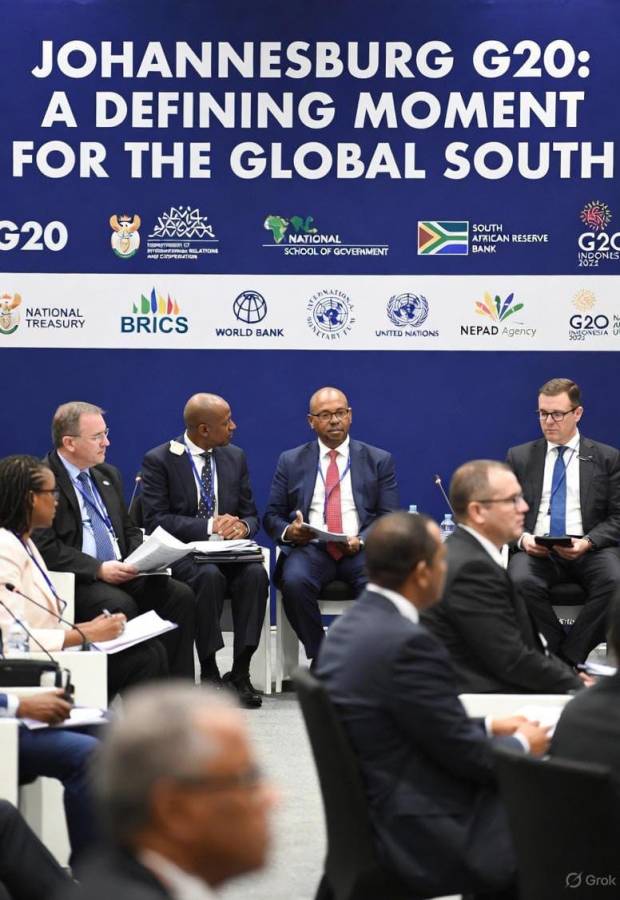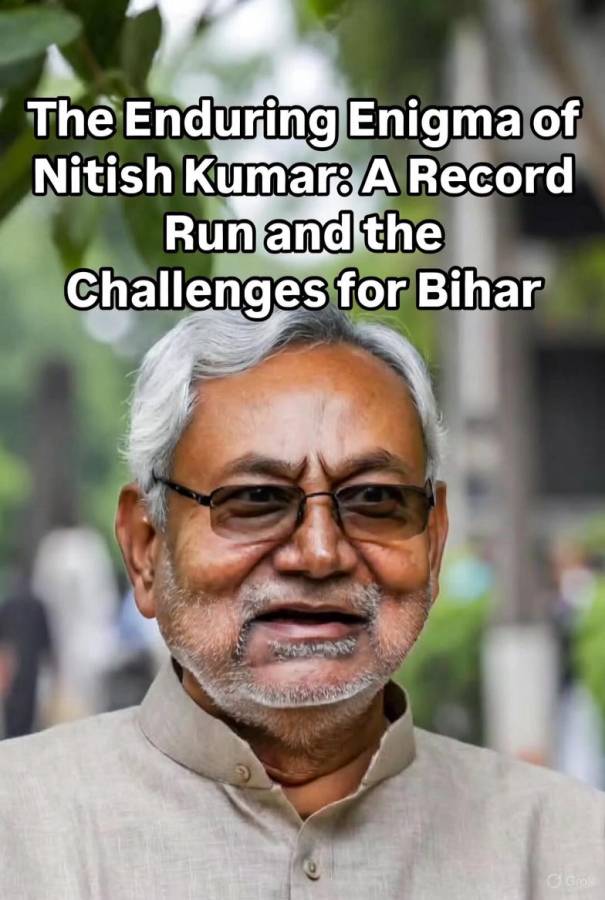
The annual announcement of the Nobel Prize in Physics often feels like a transmission from a distant, abstract universe. Yet, this year's award, honoring John Clarke, Michel H. Devoret, and John M. Martinis, is the rare exception. This is the story of a prize that is not just about a new theory, but about building a physical bridge between the strange world of atoms and the solid, tangible devices that will soon power our future.
The three scientists won for experiments that successfully demonstrated two core tenets of quantum physics, “macroscopic quantum mechanical tunnelling and energy quantization” in an electrical circuit large enough to be held in your hand. In the simplest terms, they proved that the weird rules previously thought to govern only the smallest particles also apply to systems we can actually engineer.
This wasn't just a fascinating lab trick but the birth certificate for the quantum computer.
Tearing Down the Quantum Wall
Imagine throwing a ball at a brick wall. In your everyday, classical world, the ball always needs enough kinetic energy to clear the top of the wall, or it will simply bounce back. The idea that the ball could momentarily disappear and reappear on the other side is absurd.
But that "absurdity" is the reality for electrons. In the quantum realm, particles have a fuzzy, wavelike nature that gives them a small, non-zero probability of "tunnelling" straight through a barrier.
The challenge for decades was scale. When you connect billions of electrons in a circuit, shouldn't those tiny quantum quirks cancel each other out?
Working in the 1980s, Clarke (UC Berkeley), Devoret (Yale/UC Santa Barbara), and Martinis (UC Santa Barbara) meticulously built a circuit using superconductors—materials that conduct electricity with zero resistance when extremely cold. The key component was a tiny sandwich of materials called a Josephson junction.
They cooled the circuit to near absolute zero and waited. They discovered that the electrical current, initially trapped in a steady state, would suddenly appear to pass through an energy barrier without having the necessary classical energy. It was Macroscopic Quantum Tunnelling (MQT)—the entire system, composed of billions of collective electron pairs, was behaving as a single, giant quantum particle. Their circuit was literally tunnelling through a wall.
Their second breakthrough confirmed the system was an "artificial atom." They showed that the circuit’s energy levels were not continuous—they were quantized, meaning the circuit could only absorb or emit energy in specific, fixed chunks, just like an electron orbiting a nucleus jumps between defined rungs on an energy ladder.
The Blueprint for the Qubit
This successful demonstration of quantum behavior at a macroscopic level immediately solved one of the biggest conceptual roadblocks in computing. For a quantum computer to work, its fundamental information unit, the qubit (quantum bit), must be able to exist in a state of superposition—being both a '0' and a '1' simultaneously.
By proving their engineered circuit behaved like an artificial atom, the laureates provided the perfect physical platform for a qubit.
The superconducting circuits they pioneered are now the foundation of many leading quantum computer designs used by tech giants today. They gave engineers the ability to:
- Harness Superposition: MQT allows the collective state of the circuit to exist in multiple possibilities at once, giving the quantum computer its massive parallelism.
- Ensure Reliability: Quantization provides the fixed, discrete energy levels necessary to encode and reliably read information without the fragile quantum states collapsing instantly.
This is why their work is so valuable: they moved quantum mechanics from a theoretical curiosity into an engineering resource.
More Than Just Computing
The legacy of Clarke, Devoret, and Martinis extends far beyond the quantum computer. Their discoveries are also critical to:
- Ultra-Secure Communication: The ability to manipulate and measure these sensitive quantum states is vital for developing unbreakable quantum encryption.
- Medical Sensing: Their superconducting devices are used in highly sensitive magnetometers, which help map the miniscule electrical activity of the human brain with astonishing detail.
- Fundamental Metrology: Their Josephson junction circuits are so precise they are now used to define international electrical standards like the volt.
In essence, the Nobel Prize in Physics for 2025 is not a celebration of what might be possible one day; it's a recognition of the fundamental tools that have already launched a technological revolution. By showing that the ghostly rules of the quantum world can be controlled on a human scale, these three scientists didn't just win a prize but they provided the blueprint for the next century of high-tech innovation.





















